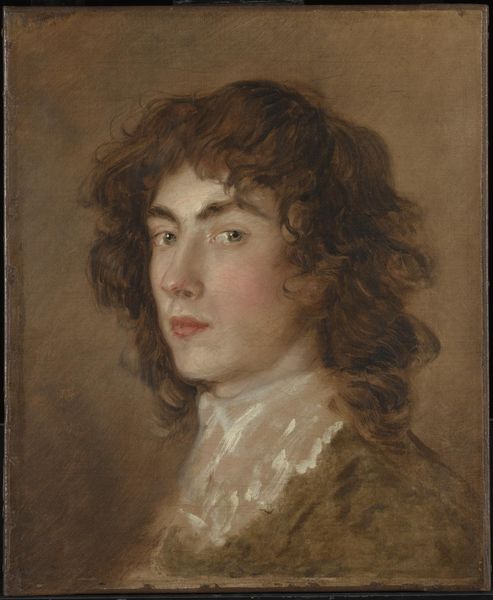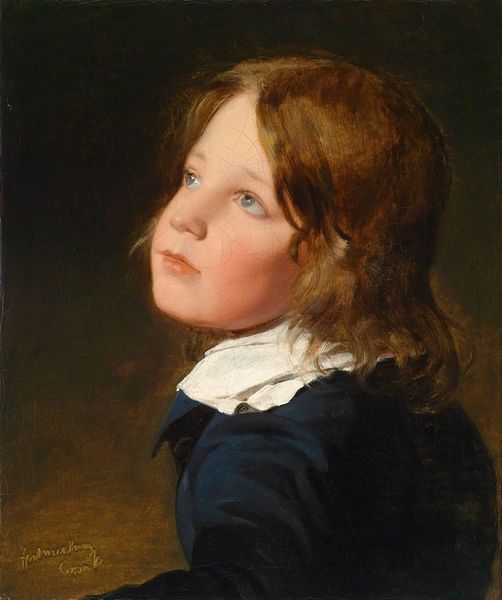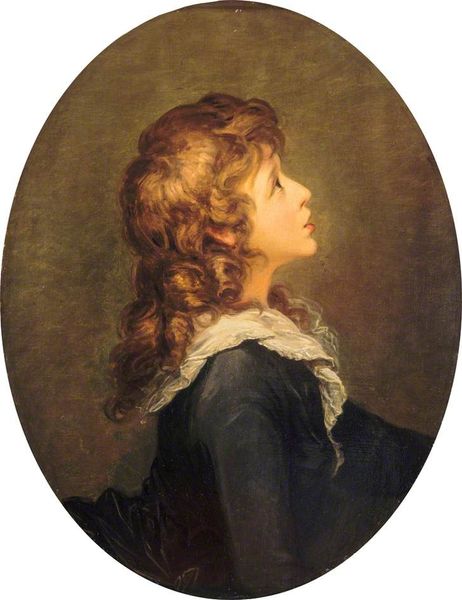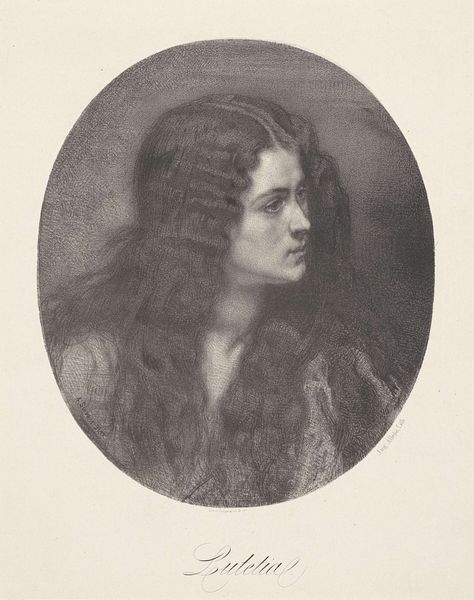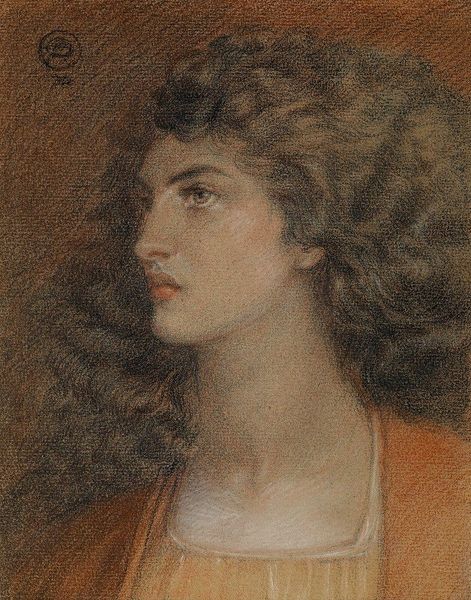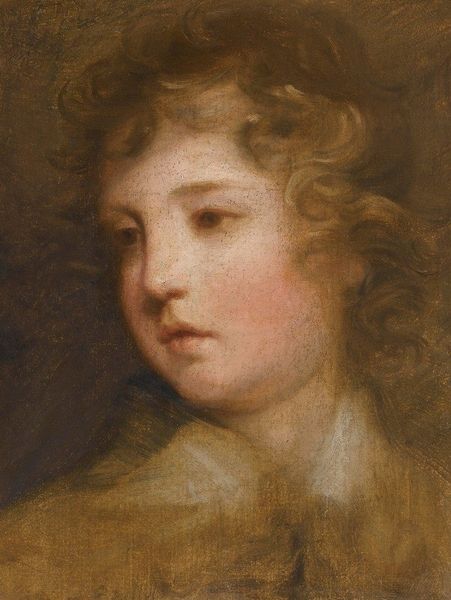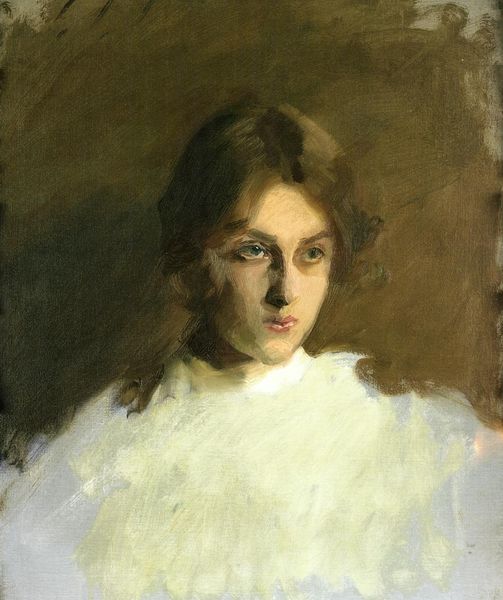
Dimensions: 68.5 x 55 cm
Copyright: Public domain
Curator: What strikes me first about Joshua Reynolds' "Alexander, 10th Duke of Hamilton," painted in 1782, is how it captures a youthful, almost vulnerable, essence. The sitter is rendered in oil-paint and cloaked in darkness, giving an ethereal quality. Editor: Yes, Reynolds certainly plays with light and shadow here. There’s a tension, I think, between the Duke’s societal position and the intimacy of the portrait. He looks almost… disheveled, especially compared to other portraits of the time depicting men of power. Curator: Exactly! We need to remember the context. It's Romanticism pushing against the rigid formalities. This image interrogates established masculinity; soft features, the slight pout of his lips, his almost defiant, searching gaze subvert expectations of aristocratic portraiture. Is he secure, is he uncertain? The composition emphasizes ambiguity, as does his languid posture. It could be argued that Reynold’s deliberately feminized Alexander to comment on questions about beauty, power, and class. Editor: Interesting point. How much of this portrayal can we attribute to Reynolds, and how much to Alexander's own presentation of self? Aristocrats then, just as now, knew the power of image and carefully crafted them. It speaks volumes that he consented to be painted in this somewhat androgynous light. Also, the choice of the deep, rich colors— the deep crimson of his jacket— serves as an excellent backdrop for that exquisite, almost foppish collar. Curator: That interplay of agency and representation is crucial. We, too, see the painting within our own frameworks. How does our own current understanding of masculinity, and our interrogation of toxic ideals influence how we interpret it now? Editor: Undoubtedly, our contemporary lens influences our interpretation. Examining portraiture through this prism sheds light on the performance of identity itself. Reynolds certainly provided the materials, so to speak, but its continuous re-interpretation gives the artwork longevity. Curator: Indeed. Thank you for sharing your insights. Editor: A pleasure; the work reveals more of itself through such analysis.
Comments
No comments
Be the first to comment and join the conversation on the ultimate creative platform.
